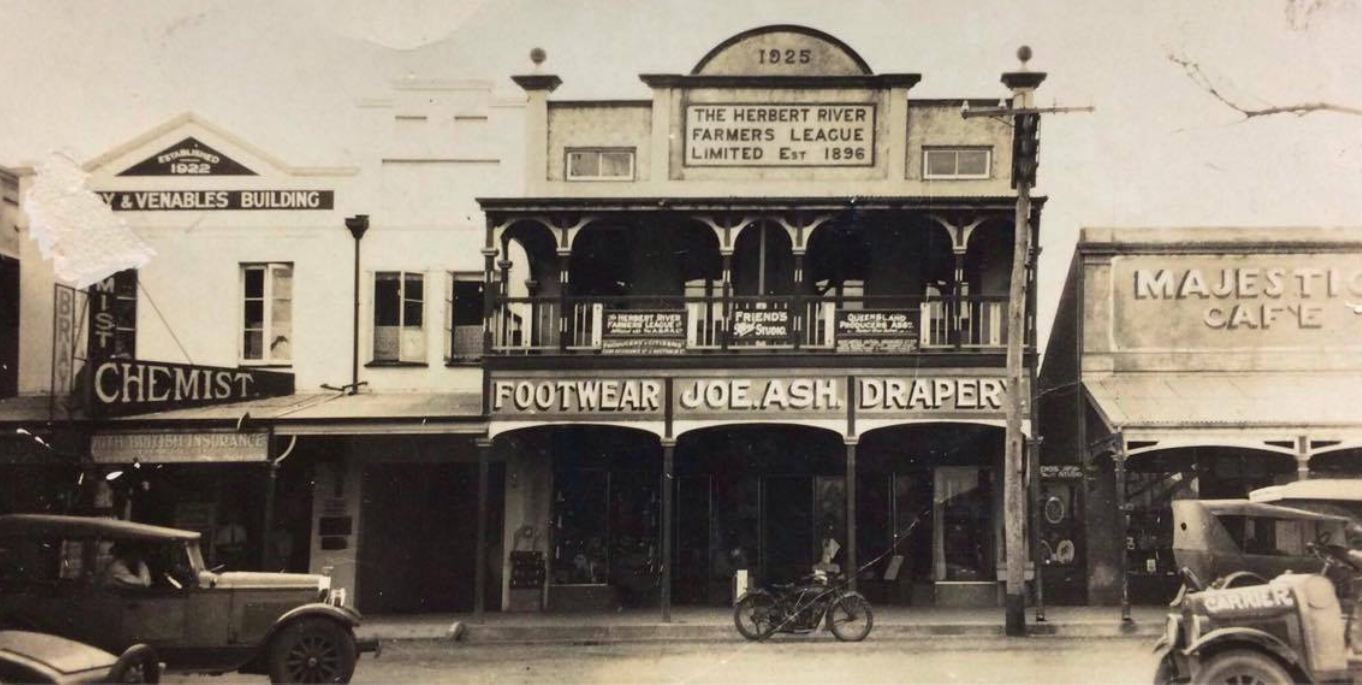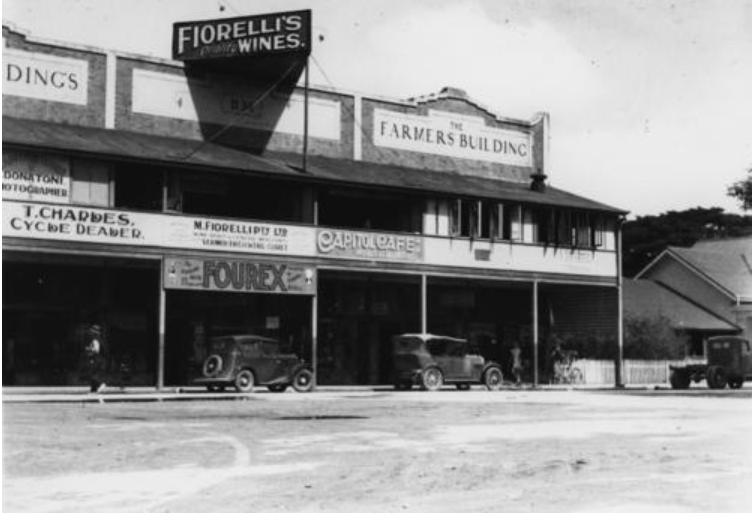


Recently, the Herbert River Farmers’ League (HRFL) awarded their annual scholarships. Do you know that the Ingham Travel building is situated in the former League Building? Look up and you will see the date 1925, but the words Herbert River Farmers League Limited Est 1896 are now covered by a sign.
So what are the origins of the HRFL? The League, which advocated and negotiated for small farmers for 80 years, has its origins in the Herbert River Farmers’ Association (HRFA), formed in 1882. That association was unique in the sugar growing world in representing small independent sugar farmers' interests and the first in Queensland formed to represent small growers’ interests rather than those of the planters.
It all began in plantation days when a group of small farmers—described as a ‘clique of insignificant cockies’— bravely approached the powerful Colonial Sugar Refining Company (CSR)—once described as ‘the most selfish company in the Australasias'—with the suggestion that they could supply sugar cane to CSR’s Victoria Plantation Mill for crushing. Those farmers were Swedish August Anderssen, Norwegians Johan (John) Alm and Harald Hoffensetz, Danish Neils C. Rosendahl, English Arthur W. Carr, and Irish Francis Herron. Together they formed the Herbert River Farmers’ Association (HRFA).
The founding principle was 'to work for and promote the interests of the farming industry in general and the welfare and progress of the Herbert River district in particular'. The association was a 'Bureau through which the farmers could communicate with the Government or others on any matter of common interest with one voice'. For 14 years it was the voice of the Valley’s small farmers.
As the sugar industry spread across the Valley and farmers formed local interest groups, the HRFA’s representative role was then assumed in 1896 by the Herbert River Farmers’ League—an amalgamation of the HRFA and the local associations, which became affiliated branches. The members of the HRFA who predominantly farmed in the Halifax area continued an advocacy role there through membership in the HRFL and their own local association, the Halifax Planters’ Club (HPC).
Just as the HRFL built its own building in Lannercost Street from which to conduct its business, in 1926, the Queensland Government legislated for a statutory industry-wide association, the Queensland Cane Growers’ Association (QCGA), now CANEGROWERS. After the formation of the local branch of the QCGA in 1932— the Herbert River Cane Growers’ Association (HRCGA)—the HRFL continued to advocate on behalf of small farmers until 1976, at which time it reinvented itself as an educational scholarship funding body.
Contributed with thanks by Dr. Bianka Vidonja Balanzategui.


